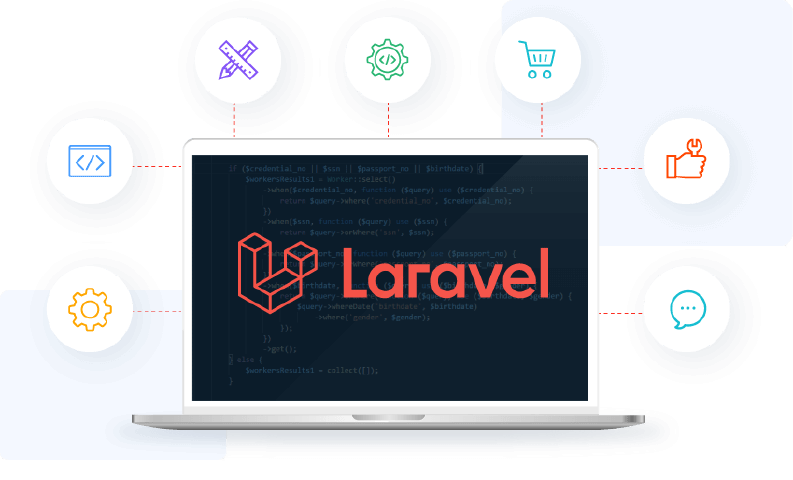Introduction:
In today’s digital age, e-commerce has become a powerful platform for businesses to reach a wider audience and generate sales. Building an e-commerce store requires careful planning and expertise in web development. In this article, we will guide you through the step-by-step process of creating a fully functional online store that allows users to browse products, add items to their cart, and make secure purchases.
- Define Your Requirements:
Before diving into development, it’s crucial to define your requirements. Consider factors such as the type of products you’ll be selling, the target audience, and any specific features you want to include. This will help you make informed decisions throughout the development process.
- Choose the Right E-commerce Platform:
Selecting the right e-commerce platform is vital as it will determine the ease of development and scalability of your store. Popular options include Shopify, WooCommerce, and Magento. Evaluate their features, customization options, and compatibility with your requirements before making a decision.
- Design and User Experience:
Design plays a crucial role in attracting and retaining customers. Create an intuitive and visually appealing user interface that reflects your brand. Ensure your design is responsive, providing a seamless experience across devices. Pay attention to product categorization, search functionality, and easy navigation.
- Backend Development:
The backend of your e-commerce store handles critical functionalities such as inventory management, order processing, and secure payment gateways. Choose a programming language and framework that suits your needs. Common choices include PHP with frameworks like Laravel or WordPress, or Python with Django or Flask.
- Product Catalog and Inventory Management:
Develop a robust system for managing your product catalog. Implement features like product listing, descriptions, images, and pricing. Integrate inventory management to keep track of stock levels and automate notifications for low-stock items.
- Shopping Cart and Checkout:
Implement a shopping cart system that allows users to add products, modify quantities, and proceed to checkout. Integrate secure payment gateways like PayPal or Stripe to ensure a safe and seamless transaction process. Provide multiple payment options to accommodate customer preferences.
- Security and Privacy:
Security should be a top priority in e-commerce web development. Implement SSL certificates to enable secure connections and protect customer data. Adhere to best practices for handling sensitive information such as credit card details. Regularly update and patch your system to mitigate security vulnerabilities.

Testing and Quality Assurance:
Thoroughly test your e-commerce store to ensure functionality, performance, and compatibility across various browsers and devices. Conduct user testing to identify any usability issues and gather feedback for improvements. Address bugs and glitches promptly to provide a seamless experience.
- Launch and Deployment:
When you’re satisfied with the development and testing phase, it’s time to launch your e-commerce store. Choose a reliable web hosting provider that can handle your expected traffic. Optimize your website for speed to minimize loading times. Regularly monitor your store’s performance and address any issues that arise. - Continuous Improvement and Marketing:
Building an e-commerce store is an ongoing process. Continuously monitor user behavior, analyze sales data, and make data-driven improvements. Implement marketing strategies such as search engine optimization (SEO), social media integration, and email marketing to drive traffic and increase conversions.
Conclusion:
Building an e-commerce store requires careful planning, technical expertise, and attention to detail. By following these steps, you can develop a robust and user-friendly online store that caters to your target audience. Remember to continuously improve and adapt your store to meet the evolving needs and expectations of your customers.





1 Comment
创建免费账户
Can you be more specific about the content of your article? After reading it, I still have some doubts. Hope you can help me.